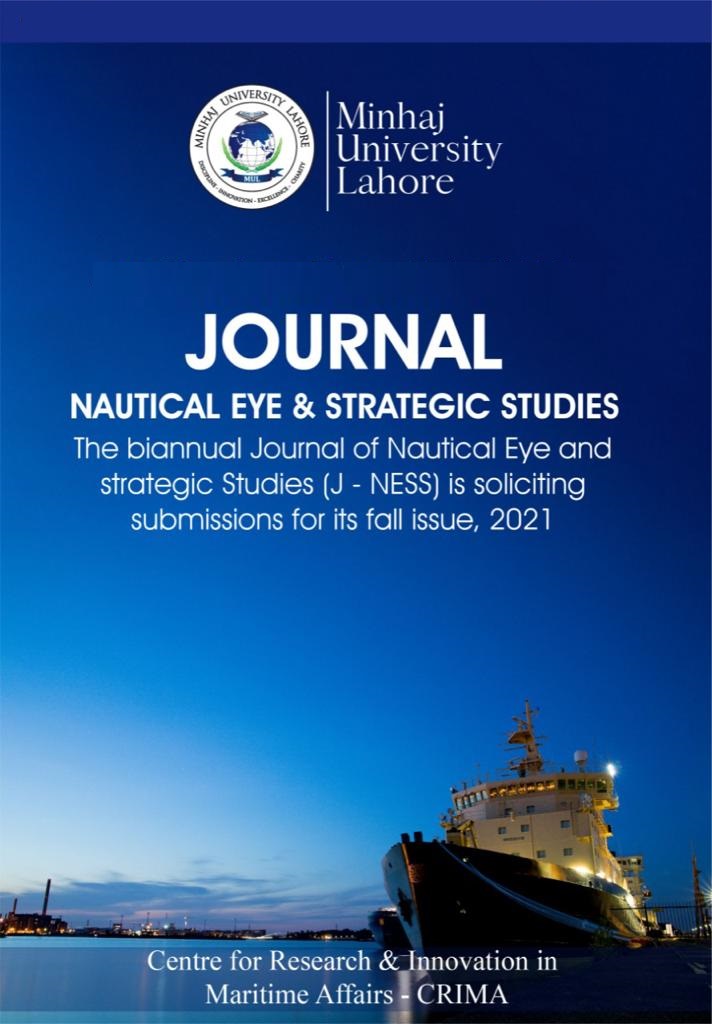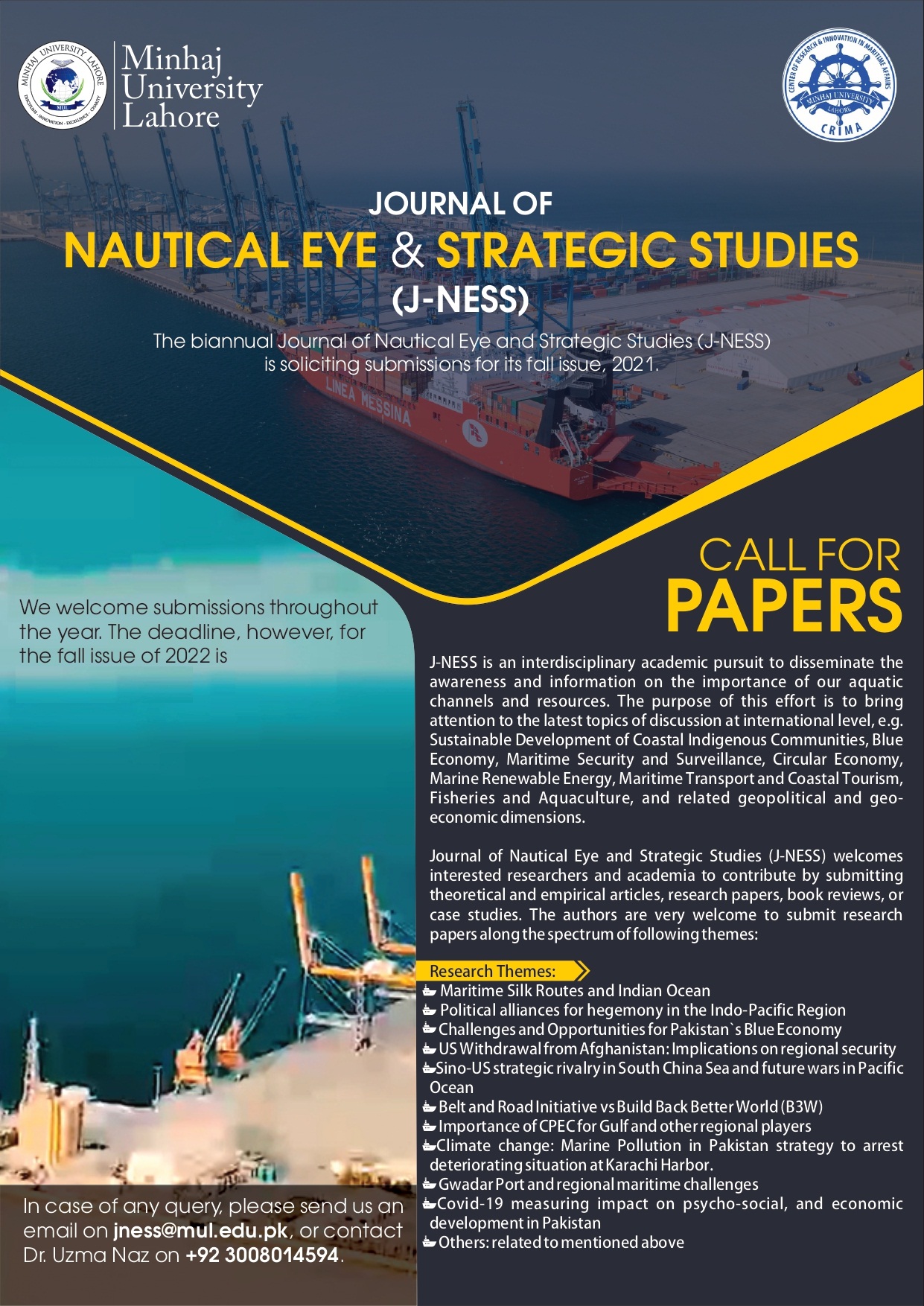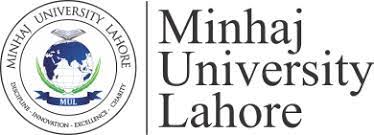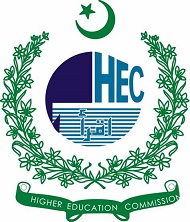Contingency Management in achieving Maritime Supply Chain Resilience using 4A approach to enhance Port Performance in Pakistan.
DOI:
https://doi.org/10.58932/MULG0043Keywords:
Maritime Supply Chain, Supply Chain Resilience, Port Performance, Agility, Ambidexterity, Alignment, Adaptability, Contingency Management, Covid 19Abstract
This study investigates the role of contingency management in enhancing maritime supply chain resilience to improve port performance in Pakistan, focusing on disruptions such as the COVID-19 pandemic. Using the 4A framework Agility, Adaptability, Alignment, and Ambidexterity this research explores how these capabilities mitigate operational disruptions and improve port efficiency. A quantitative research design was employed, collecting data from 320 professionals in Pakistan's maritime sector through a structured questionnaire. The data was analyzed using SPSS software, employing techniques such as reliability, correlation, and regression analysis. Results demonstrate that agility, alignment, and ambidexterity significantly influence port performance, enhancing responsiveness, stakeholder collaboration, and balance between innovation and operational efficiency. However, adaptability showed an insignificant impact due to rigid infrastructural limitations in the regional context. The study emphasizes the integration of the 4A framework to build resilient supply chains, showcasing its potential to address vulnerabilities exposed during the pandemic. By providing actionable insights, this research contributes to the academic literature and offers practical strategies for strengthening maritime supply chain robustness in developing economies.
References
Alshurafat, H., al Shbail, M. O., & Mansour, E. (2021). Strengths and weaknesses of forensic accounting: An implication on the socio-economic development. Journal of Business and Socio-Economic Development, 1(2). https://doi.org/10.1108/jbsed-03-2021-0026
Aslam, H., Blome, C., Roscoe, S., & Azhar, T. M. (2018). Dynamic supply chain capabilities: How market sensing, supply chain agility and adaptability affect supply chain ambidexterity. International Journal of Operations and Production Management, 38(12). https://doi.org/10.1108/IJOPM-09-2017-0555
Aslam, H., Khan, A. Q., Rashid, K., & Rehman, S. ur. (2020). Achieving supply chain resilience: The role of supply chain ambidexterity and supply chain agility. Journal of Manufacturing Technology Management, 31(6). https://doi.org/10.1108/JMTM-07-2019-0263
Ahmad, S., Ahmad, A., Shair, W., & Bhatti, M. A. A. (2022). Unlocking Pakistan's Youth Potential: A Comprehensive Analysis of Youth Development Indices and Strategic Alignment with the UN Sustainable Development Goals. Journal of Professional Research in Social Sciences, 9(2), 80-95.
Akbar, A., Ahmad, S., Nadim, M., Bhatti, M. A. A., & Khan, H. (2024). Affect of Hrm on Employee Motivation Towards Green Creativity and Initiatives. Center for Management Science Research, 2(3), 197-216.
Azadegan, A., Mellat Parast, M., Lucianetti, L., Nishant, R., & Blackhurst, J. (2020). Supply chain disruptions and business continuity: An empirical assessment. Decision Sciences, 51(1). https://doi.org/10.1111/deci.12395
Bode, C., & Wagner, S. M. (2015). Structural drivers of upstream supply chain complexity and the frequency of supply chain disruptions. Journal of Operations Management, 36. https://doi.org/10.1016/j.jom.2014.12.004
Creswell, J. W. (2010). Educational research: Planning, conducting, and evaluating quantitative and qualitative research (4th ed.). Pearson Merril Prentice Hall.
Sayed, S. A., & DeLoach, C. (2014). Re: Author - An empowering narrative art therapy program for adolescent survivors of childhood abuse. In ProQuest Dissertations and Theses.
Gomez, F. C., Trespalacios, J., Hsu, Y. C., & Yang, D. (2022). Exploring teachers’ technology integration self-efficacy through the 2017 ISTE standards. TechTrends, 66(2). https://doi.org/10.1007/s11528-021-00639-z
Khan, S. A., Kusi-Sarpong, S., Naim, I., Ahmadi, H. B., & Oyedijo, A. (2022). A best-worst-method-based performance evaluation framework for the manufacturing industry. Kybernetes, 51(10). https://doi.org/10.1108/K-03-2021-0202
Krijger, P. H. L., Hoek, T. A., Boersma, S., Donders, L. I. P. M., Broeders, M. M. C., Pieterse, M., Toonen, P. W., Logister, I., Verhagen, B. M. P., Verstegen, M. J. A. M., van Ravesteyn, T. W., Roymans, R. J. T. M., Mattiroli, F., Vandesompele, J., Nijhuis, M., Meijer, S., van Weert, A., Dekker, E., Dom, F. J., … Tanenbaum, M. E. (2021). A public–private partnership model for COVID-19 diagnostics. Nature Biotechnology, 39(10). https://doi.org/10.1038/s41587-021-01080-6
Laulita, N. B. (2020). Influence of organizational culture on supply chain performance by moderating the effect of transformational leadership in manufacturing companies in Riau Island Province. Journal of Business Studies and Management Review, 3(2). https://doi.org/10.22437/jbsmr.v3i2.9760
Lotfi, M., & Saghiri, S. (2018). Disentangling resilience, agility, and leanness: Conceptual development and empirical analysis. Journal of Manufacturing Technology Management, 29(1). https://doi.org/10.1108/JMTM-01-2017-0014
Mahajan, K., & Tomar, S. (2021). COVID-19 and supply chain disruption: Evidence from food markets in India. American Journal of Agricultural Economics, 103(1). https://doi.org/10.1111/ajae.12158
Montoya, C. J. R., & Flores, J. L. M. (2021). Contingency plan in the supply chain of companies in the retail industry in the face of the impacts of COVID-19. Advances in Science, Technology, and Engineering Systems, 6(1). https://doi.org/10.25046/aj060191
Ojha, D., Acharya, C., & Cooper, D. (2018). Transformational leadership and supply chain ambidexterity: Mediating role of supply chain organizational learning and moderating role of uncertainty. International Journal of Production Economics, 197. https://doi.org/10.1016/j.ijpe.2018.01.001
Pallant, J. (2001). SPSS survival manual: A step-by-step guide to data analysis using SPSS for Windows (version 10). Open University Press.
Parast, M. M. (2020). The impact of R&D investment on mitigating supply chain disruptions: Empirical evidence from U.S. firms. International Journal of Production Economics, 227. https://doi.org/10.1016/j.ijpe.2020.107671
Paraušić, V., Cvijanović, D., Mihailović, B., & Veljković, K. (2014). Correlation between the state of cluster development and national competitiveness in the global competitiveness report of the World Economic Forum 2012–2013. Economic Research-Ekonomska Istrazivanja, 27(1). https://doi.org/10.1080/1331677X.2014.974917
Patrucco, A., Luzzini, D., Moretto, A., & … (2017). Attraction in business relationships: The strategic relevance of customer attractiveness to improve supply performance. Institute Annual Meeting.
Power, R. C., Salazar-García, D. C., Wittig, R. M., Freiberg, M., Henry, A. G., Willekes, C., 霍巍, Dalgleish, T., Williams, J. M. G., T. M., Golden, A.-M. J., Perkins, N., Barrett, L. F., Barnard, P. J., Au Yeung, C., Murphy, V., Elward, R., Tchanturia, K., Watkins, E., Yang, X. X. X., … Fraser, S. (2015). 西藏草场资源与放牧制度. Journal of Archaeological Science, 39(1).
Rezaei, S., Harandi, A., Brepols, T., & Reese, S. (2022). An anisotropic cohesive fracture model: Advantages and limitations of length-scale insensitive phase-field damage models. Engineering Fracture Mechanics, 261. https://doi.org/10.1016/j.engfracmech.2021.108177
Rojo, A., Llorens-Montes, J., & Perez-Arostegui, M. N. (2016). The impact of ambidexterity on supply chain flexibility fit. Supply Chain Management, 21(4). https://doi.org/10.1108/SCM-08-2015-0328
Rafaqat, M. ., Azad, F. ., Ahmad, S. ., Aijaz, K. ., Ikram, S. H. ., Bashir, U. ., Bhatti, M. A. A. ., & Saeed, S. . (2024). Impact of Governance and Strategy Performance on Employer Branding. Research Journal for Societal Issues, 6(2), 852–867.
Scheibe, K. P., & Blackhurst, J. (2018). Supply chain disruption propagation: A systemic risk and normal accident theory perspective. International Journal of Production Research, 56(1–2). https://doi.org/10.1080/00207543.2017.1355123
SEC Releases. (2001). Report of investigation pursuant to section 21(a) of the Securities Exchange Act of 1934 and commission statement on the relationship of cooperation to agency enforcement decisions. SEC Releases, 1470.
Sekar, S., & Hooker, R. (2020). Supply chain resilience on business continuity programs: The role of anticipated, inherent, and adaptive resilience: An abstract. In Developments in Marketing Science: Proceedings of the Academy of Marketing Science. https://doi.org/10.1007/978-3-030-39165-2_241
Tuan, L. T. (2016). Organisational ambidexterity and supply chain agility: The mediating role of external knowledge sharing and moderating role of competitive intelligence. International Journal of Logistics Research and Applications, 19(6). https://doi.org/10.1080/13675567.2015.1137278
Whitten, G. D., Green, K. W., & Zelbst, P. J. (2012). Triple-A supply chain performance. International Journal of Operations & Production Management, 32(12).
Wieland, A., & Wallenburg, C. M. (2013). The influence of relational competencies on supply chain resilience: A relational view. International Journal of Physical Distribution and Logistics Management, 43(4). https://doi.org/10.1108/IJPDLM-08-2012-0243
Yang, Y. C., & Chang, W. M. (2013). Impacts of electric rubber-tired gantries on green port performance. Research in Transportation Business and Management, 8. https://doi.org/10.1016/j.rtbm.2013.04.002
Yoon, J., Talluri, S., Yildiz, H., & Ho, W. (2018). Models for supplier selection and risk mitigation: A holistic approach. International Journal of Production Research, 56(10). https://doi.org/10.1080/00207543.2017.1403056
Downloads
Published
How to Cite
Issue
Section
License
Copyright (c) 2024 Journal of Nautical Eye and Strategic Studies

This work is licensed under a Creative Commons Attribution-NonCommercial 4.0 International License.










